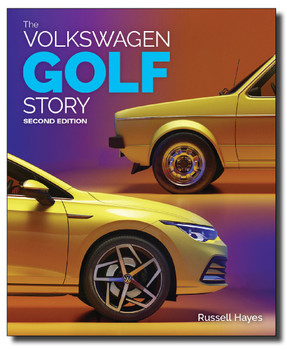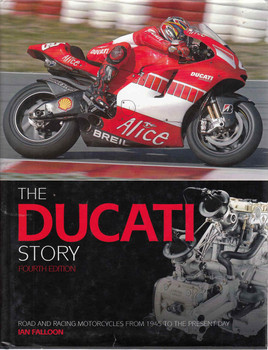Description
Author: Bill Gunston, Hardbound, 234 Pages, H4564, ISBN: 9781844255641, This Second Edition Published in 2008
In the late 1940s test pilots in the USA and Great Britain pierced the invisible 'sound barrier' for the first time, showing to the world that it need not be a barrier at all. In the years that have followed mankind has mastered supersonic flight.
As recently as 2003, thousands of fare-paying passengers were routinely enjoying intercontinental air travel at twice the speed of sound.
Even though much of the theory of supersonic flight was worked out nearly a century ago, nobody was able to explore the difficult transonic region (from Mach 0.8 to 1.2) until the 1950s. As a result, the fastest piston-engine fighters and the earliest jet fighters suffered from potentially dangerous flight
Characteristics that cost the lives of many pilots. Yet, by the 1960s military fighter jets were routinely breaking the sound barrier and in 1969 the world's first supersonic passenger transport, Concorde, had its maiden flight.
• Bill Gunston describes in layman's terms the concept of the sound barrier, the theory and implications of the speed of sound, and man's attempts to break through it.
He covers all aspects of supersonic aircraft - research, military and transport planes - as well as aerospace machines that can operate from ordinary airfields yet fly to the moon (of which the Space Shuttle is an early example).
Bill also reviews ongoing developments in engine and airframe technology that have made supersonic flight practicable and safe; the age of supersonic passenger transports like Concorde; and recent advances in supersonic fighter and bomber design, including the F-22 Raptor, F-35 Lightning II, Eurofighter Typhoon and the Dassault Rafale.




















